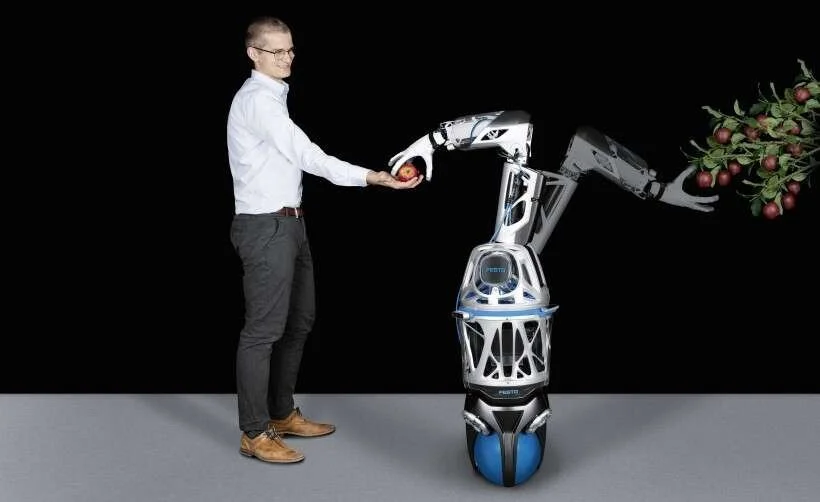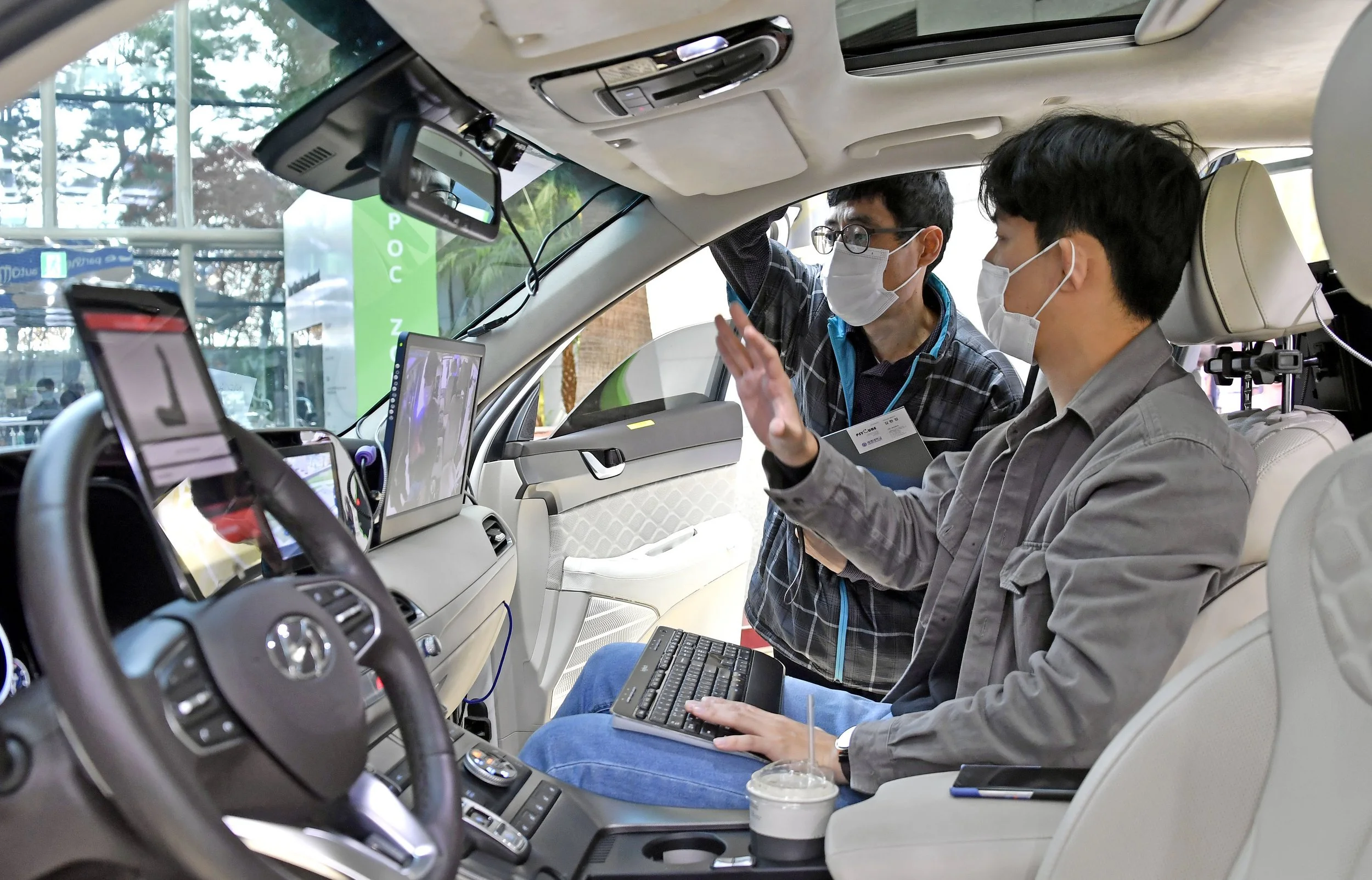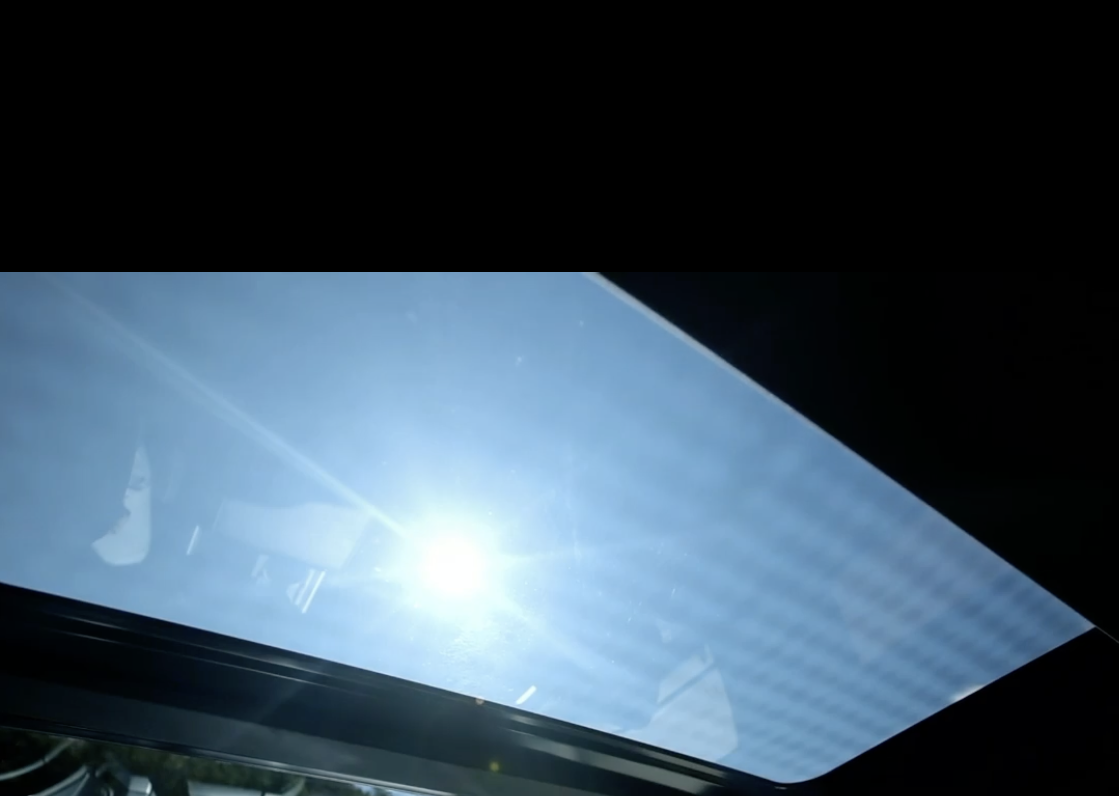E-Textiles Are More Than Fashion
Say the word “e-textiles” and the first thing that comes to mind is mostly likely “textiles.” And, what are textiles most associated with? Fashion. Now, it is not to say that there is anything wrong with this word association. In fact, our Founder Maddy Maxey has worked in fashion in the past, and Loomia has been used in several fashion applications; from data-collecting garments to heated boots. However, over the years, we have come to find that there are some more impactful use cases for this technology. Shoes that keep your feet warm, or a jacket that helps you better understand your habits as a consumer are certainly helpful—but e-textiles can and will greatly (and positively) change the world around us and the products we use.
When talking to Artemis Ward about e-textiles, Maddy says she feels, “If the e-textiles industry is going to grow, we have to go where there is need, and tolerance for price, and tolerance for technical development time. And that’s generally not in the fashion industry.” So, this way of thought doesn’t just come from a desire to look beyond light-up pants, but the betterment and growth of this technology. There is not an immediate need for this technology in fashion, as it is more aesthetic than functional when used in stylish garments. There is an immediate need in sectors such as automotive, aerospace, and healthcare. These are the areas we should be zero-ing in on.
Loomia has incorporated soft circuit technology into several dynamic and innovative applications. Here are some worth noting:
FESTO BIONIC MOBILE ASSISTANT
Image: Festo
Our Loomia Electronic Layer Technology was used in the FESTO Bionic Mobile Assistant to make a 100+ point analog pressure matrix, giving the robot a sense of touch. Loomia also executed glove design and fabrication for this project, delivering a fully integrated glove and sensor system to plug directly into the robotic arm control unit. E-textiles have the potential to elevate robotics.
HYUNDAI CONCEPT CAR
Image: Hyundai Motor Group
Loomia provided technology for a Hyundai concept car, shown at the Hyundai Open Innovation Lounge in Korea. The LEL was used for both heating and HMI, to add new functionalities to the automotive interior. Loomia provided full integration, selecting surface materials, and connecting our technology to one of the vehicle control units.
AIRBUS INTERIORS
Loomia worked with Airbus to create visual light-up cues for passenger seating, and surrounding interior elements for the inside of passenger aircraft.
COVESTRO ROLL-UP SHADE
Image: Covestro
Loomia worked with Covestro, a leading supplier of materials, to create a roll-up shade demonstrator. This roll-up shade displays the integration of lighting and heating into a car’s headliner. This will become increasingly necessary with the rapid adoption of electric vehicles. Since there is no internal combustion engine in electric vehicles, smart surfaces will be needed to bring a layer of comfort to a car’s interior.
A helpful way to assist in this transition from viewing e-textiles as a thing of fashion is to ask ourselves, “What problems can be solved with this technology?” In the same interview with Artemis Ward, Maddy says that she gets many calls from people asking about light-up pants. “You would not believe how many calls I have where somebody asks about light-up pants, which is one of the worst applications of e-textiles. Why would you want light-up pants? It’s not a mass marketable product. It doesn’t solve a problem!” And, she’s absolutely right. Why waste such innovative technology on something so unnecessary, when you can create a garment that can change health outcomes for patients, or Human-Machine Interfaces that can assist in more streamlined space travel and exploration.
It’s time to look beyond the runway.
Like this article? Give these a read:
Electronic Textiles: An Ingredient for Impactful Innovation




